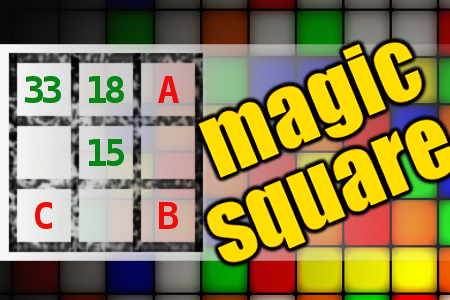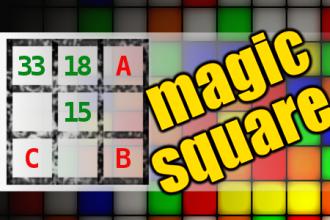MAGIC SQUARE: Calculate A+B+C
The aim is to place the some numbers from the list (14, 15, 18, 19, 20, 24, 32, 33, 38, 46) into the empty squares and squares marked with A, B an C. Sum of each row and column should be equal. All the numbers of the magic square must be different. Find values for A, B, and C. Solution is A+B+C.Correct answers: 12
The first user who solved this task is Nasrin 24 T.
#brainteasers #math #magicsquare

Church Bulletin Bloopers
The Associate Minister unveiled the church's new tithing campaign slogan last Sunday: "I Upped My Pledge - Up Yours."
Our next song is "Angels We Have Heard Get High."
Don't let worry kill you, let the church help.
For those of you who have children and don't know it, we have a nursery downstairs.
This being Easter Sunday, we will ask Mrs. Lewis to come forward and lay an egg on the altar.
Our next song is "Angels We Have Heard Get High."
Don't let worry kill you, let the church help.
For those of you who have children and don't know it, we have a nursery downstairs.
This being Easter Sunday, we will ask Mrs. Lewis to come forward and lay an egg on the altar.

